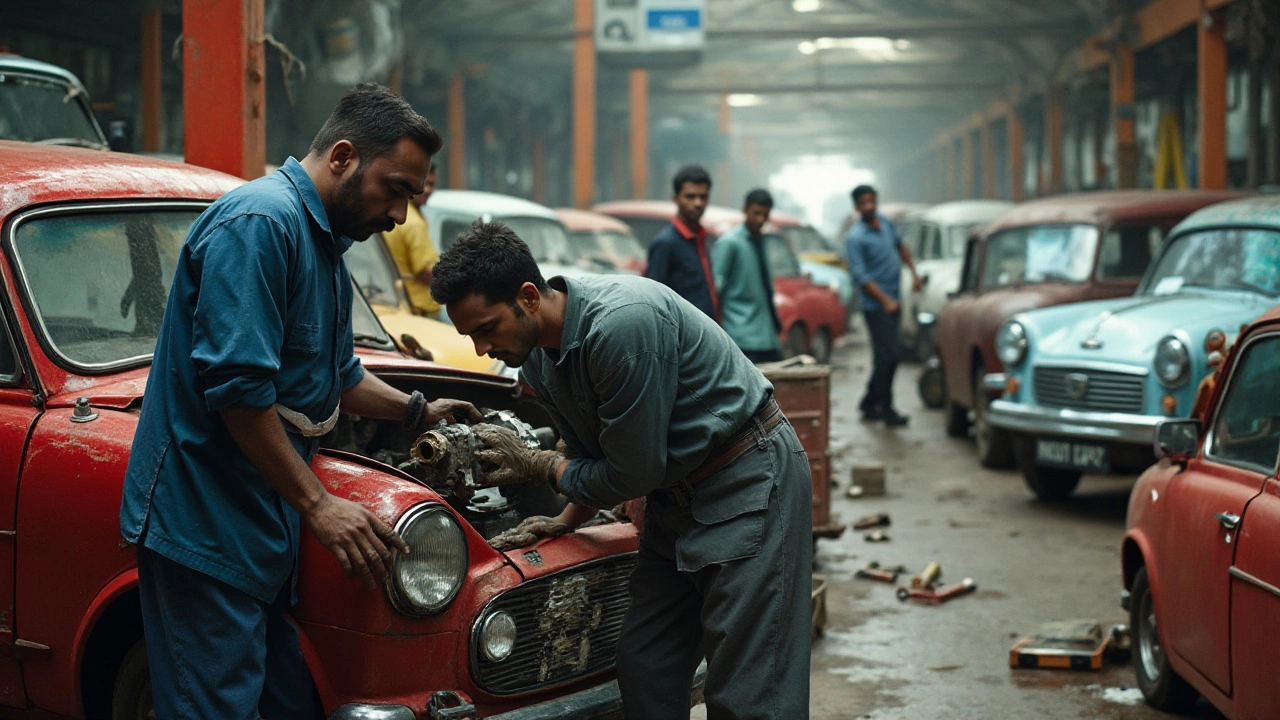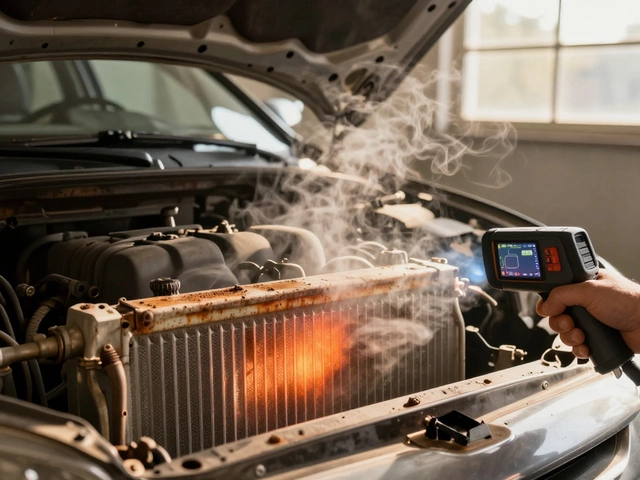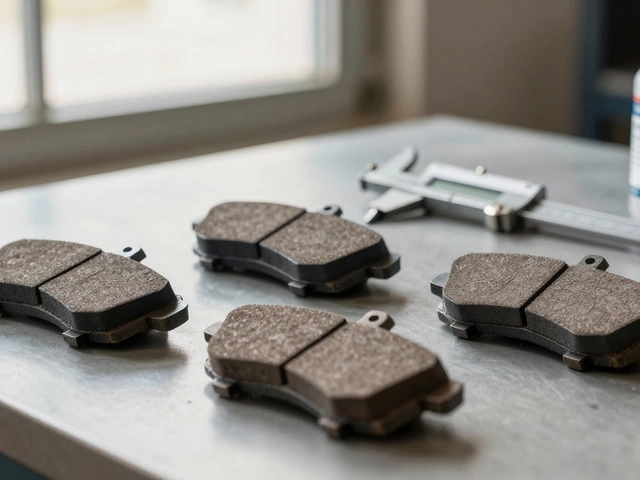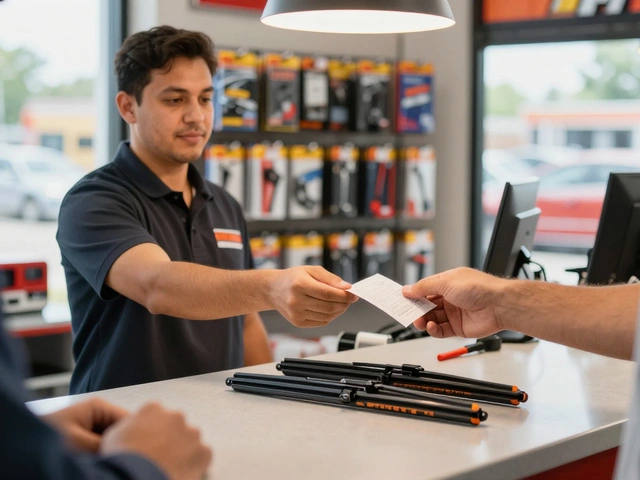Car Radiator: Repair Costs, DIY Guides & Common Problems
If your engine is heating up, the radiator is probably the first part to check. A failing radiator can turn a smooth drive into a costly repair nightmare, but you don’t have to guess what’s wrong or how much it will cost. This page pulls together the most useful articles from Auto Guru so you can decide whether to DIY or call a shop, and understand the numbers behind each option.
How Much Does a Radiator Replacement Cost in 2025?
According to our 2025 cost guide, a typical radiator swap runs between $400 and $900 USD. Labor usually makes up 40‑50% of that total, while the part itself can vary based on make, model and whether you choose an OEM or aftermarket unit. Luxury cars and trucks with bigger cooling systems push the price toward the top of the range. We also break down hidden fees like coolant flush, hose replacements and thermostat checks, which can add $50‑$150 if you do them together.
DIY Radiator Replacement: Time, Tools and Tips
Thinking about doing it yourself? Expect the job to take 3‑5 hours for most sedans and up to 7 hours for larger vehicles. You’ll need a basic socket set, a drain pan, new coolant, and a few safety gloves. Our step‑by‑step guide walks you through draining the system, removing the old unit, installing the new radiator, and bleeding air out of the cooling loop. Skipping the bleed can cause hot spots and premature failure, so follow the bleed procedure exactly.
One common mistake is forgetting to replace the radiator hose clamps. Over‑tightening can crack hoses, while loose clamps lead to leaks. We recommend swapping both upper and lower hoses whenever you replace the radiator – it’s a cheap insurance policy that saves you from returning to the shop later.
What if you’re not ready to replace the whole unit? Our article on driving with a bad radiator explains why you shouldn’t push your car too far. A cracked radiator can cause coolant loss, leading to overheating, warped heads, and eventually a blown head gasket. Short trips may be okay, but any steady highway run is risky.
Sometimes the radiator isn’t the culprit. Our “Radiator vs. Head Gasket” guide helps you tell the difference between a simple coolant leak and a more serious gasket failure. Look for white smoke, milky oil or persistent bubbles in the radiator cap. Pinpointing the exact problem saves you from swapping out an expensive part you don’t need.
When you finally swap the radiator, don’t forget the ancillary parts. The “Radiator Replacement Guide: What Parts To Change” article suggests checking the thermostat, heater core hoses, and the coolant temperature sensor. Replacing these at the same time keeps the cooling system balanced and reduces the chance of future leaks.
Bottom line: a healthy radiator keeps your engine at the right temperature, saves fuel, and prevents expensive repairs. Use our cost breakdown to budget, our DIY steps to save labor, and our troubleshooting tips to avoid bigger headaches. Auto Guru has all the info you need to stay cool on the road.

Car Radiator Replacement: Is It Really Worth the Cost?
Thinking about replacing your car's radiator? This article digs into when it actually makes sense and what you might face if you put it off. You'll get straight answers about costs, symptoms, and smart tips to keep your car cool and your wallet safe. Whether you drive an old Honda or a newer truck, these facts can help you make the right call. No jargon—just the info you need to keep your ride running smoothly.
CONTINUE READING
How to Know If Your Car Radiator Is Failing
Nothing ruins a drive faster than a bad radiator. This guide breaks down how to check if your car’s radiator is failing and the common warning signs to watch out for. Arm yourself with practical tips to diagnose issues early and save on repair costs. Learn what's normal, what’s not, and when it’s time to see an expert. Knowing the basics could mean the difference between a smooth ride and a costly breakdown.
CONTINUE READING
Understanding Car Radiator Costs: A Comprehensive Guide
Discovering the cost of a car radiator involves understanding various factors, including the make and model of your vehicle, the radiator type, and labor charges. This guide explains the different aspects affecting radiator pricing, including quality considerations and potential savings strategies. Gain insights into whether to opt for OEM or aftermarket radiators and tips for maintenance to prolong life-span. Knowing these can help you make an informed decision when replacing a radiator.
CONTINUE READING










